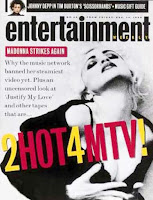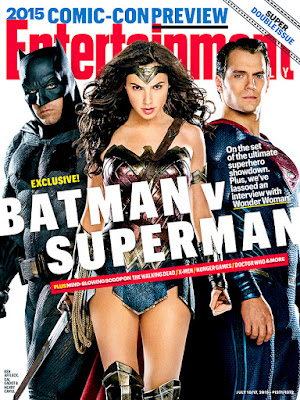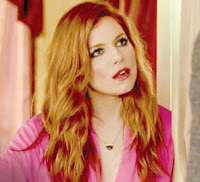Walk the Moon’s “Shut Up and Dance” played during the spring on our major Contemporary Hit radio station, Q102, and the extraordinary WNKU, which is Adult Album Alternative, though they’re trying to mix in more mainstream material. It’s a catchy, cute number that wasn’t too distinguished until I saw them play it in a concert on Palladia. Their energy and attractiveness were more appealing on TV than in their pictures on the CD or in the recorded performances of their songs. What set them apart was that they were from Cincinnati and they were gaining national attention.
Their album Talking Is Hard (2014) has some strong singles, especially “Different Colors” and “We Are The Kids.” With their focus on youth and what it craves, Walk the Moon both celebrates and subversively critiques its largest listening demographic. What surprised me about my students was they knew the songs, but didn’t realize the band was local, and they were mixed in how they felt about them. I don’t know if that was because they picked up on the ambivalent thematic undertones of the album’s lyrics or if they just didn’t like some of the songs.
Walk the Moon has a similar sound to two other recent groups that hit it big: fun. and Foster the People. fun. started around the same time (2008) as Walk the Moon, though the members had been in other bands and had a few years on the Kenyon College students inspired by The Police’s “Walking on the Moon” (1983). Some Nights (2012) vaulted fun. into major stars and lots of Grammys, which are awards somewhat indicative of little that lasts. Foster the People formed in 2009 and leapt out of the commercial and critical gates almost immediately with Torches (2010) and its first single “Pumped Up Kicks.”
Nate Ruess, lead singer and songwriter for fun., possesses a signature voice that’s nasally and feels sharp. He’s been a proponent of auto-tune, which was pragmatic, but it surprised me. He’s also working on a solo album, which concerns me. Some band lead singers – Grace Potter, most recently, and Mick Jagger – need the interplay with the rest of the group to generate the greater excitement. Others have gone solo to success (Paul McCartney, John Lennon) or a far greater profile, such as Michael Jackson or Chaka Khan. Pete Townshend and Stevie Nicks were able to do both, but they’re still better known for their group work over their solo careers. Will Ruess’s career take off and will he keep fun. going?
Foster the People, led by former jingles writer Mark Foster, hit its peak with “Pumped Up Kicks” because the subject matter of a school shooter was off-set by the bright, cheery melody. The moment I first heard them on Saturday Night Live, I wanted the album. However, I didn’t give their second album much more than a cursory listen in a record shop. That sense of moving on to the next thing, which doesn’t sound any different from the last, big thing, is the downfall for pop. Country, hip-hop, Americana, and rock generally thrive because fans are attracted to the artists and the genre sound, rather than the beat and a specific single.





























